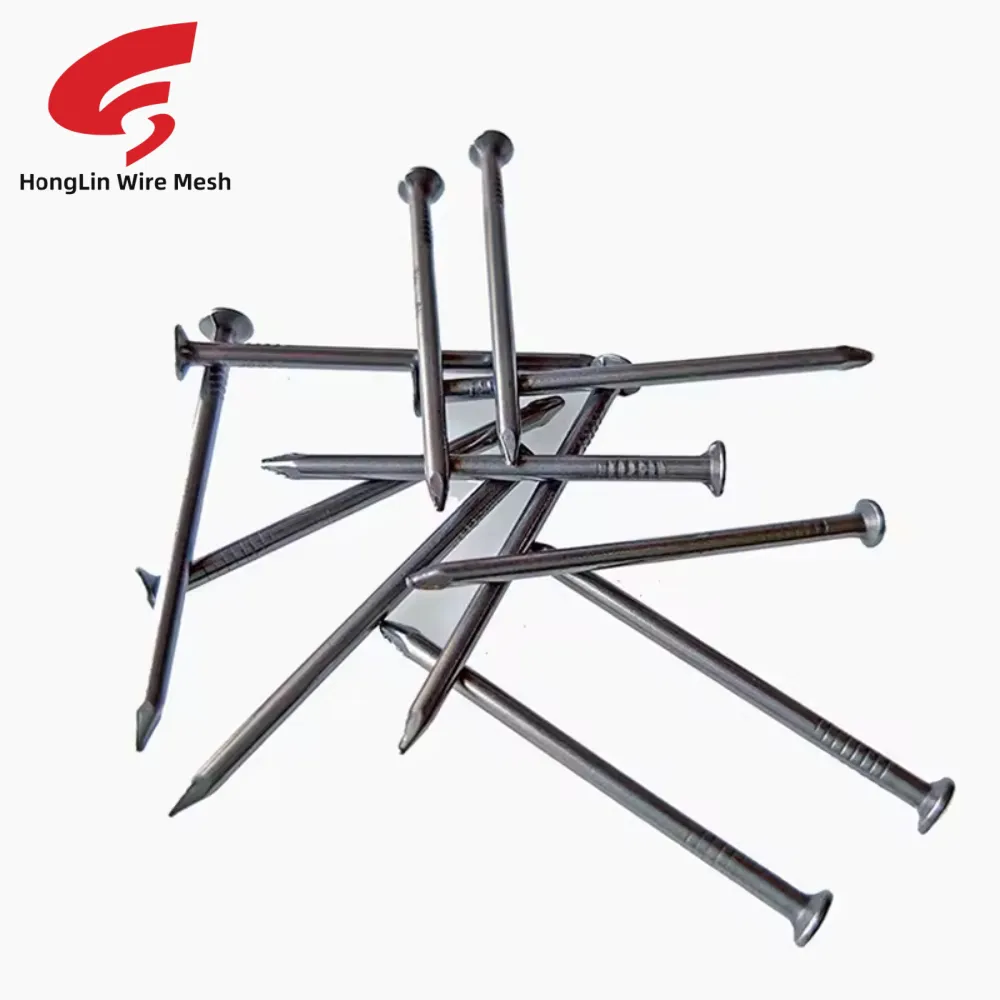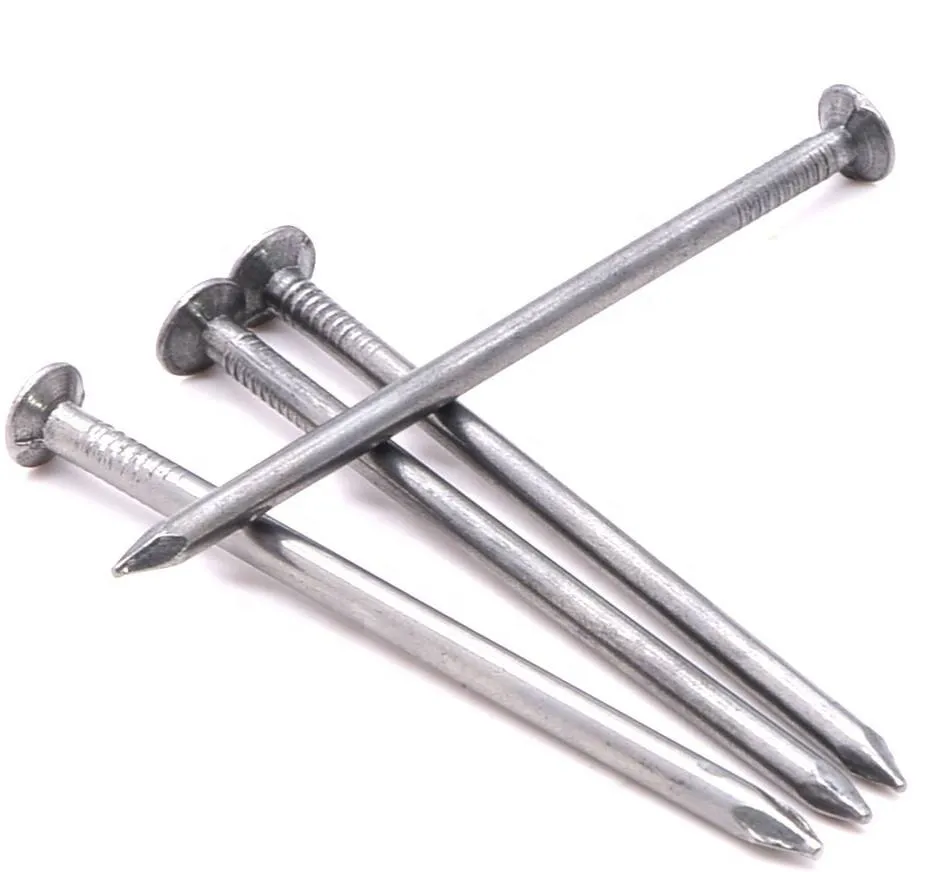Feb . 14, 2025 02:27
Back to list
electro galvanized nails
Common nails have long been an integral part of construction and carpentry, serving as one of the most frequently utilized types of fasteners. Expertly crafted to provide reliable joining solutions, these nails offer both durability and strength for various applications. Understanding the unique features, applications, and benefits of common nails can provide a deeper insight into their importance and aid in better decision-making for both professionals and DIY enthusiasts.
The authoritative knowledge surrounding the use of common nails underscores their versatility. Professional experience emphasizes that proper installation is key to maximizing their benefits. For instance, driving common nails at a slight angle into wood can increase their holding strength, a technique often utilized in framing to enhance joint stability. Care should also be taken to select the appropriate nail length; choosing nails that are at least three times the thickness of the wood being fastened ensures optimal performance and prevents issues like wood splitting. Moreover, expert insights advocate for the periodic inspection of structures utilizing common nails, particularly in older buildings. While these nails exhibit substantial longevity, consistent exposure to fluctuating environmental conditions can eventually lead to loosening or corrosion. Regular maintenance checks ensure structural integrity remains uncompromised, safeguarding both the durability of the build and the safety of its occupants. Finally, the trustworthiness associated with common nails lies in their historical success and pervasive use in countless building projects worldwide. Builders and engineers continue to endorse them based on centuries of proven performance. Their simplistic yet effective design epitomizes how traditional tools remain relevant in modern construction, evolving alongside advancements in materials and construction techniques while still offering fundamental benefits. In conclusion, common nails provide an unparalleled combination of affordability, strength, and convenience, proving indispensable in roof, wall, and floor assemblies. Understanding their properties, application scenarios, and maintenance needs enriches one's expertise, enhancing project outcomes. By capitalizing on their robust design and legacy of reliability, both professional builders and DIY enthusiasts can construct with confidence, knowing that their projects rest on a foundation of tried-and-true engineering.


The authoritative knowledge surrounding the use of common nails underscores their versatility. Professional experience emphasizes that proper installation is key to maximizing their benefits. For instance, driving common nails at a slight angle into wood can increase their holding strength, a technique often utilized in framing to enhance joint stability. Care should also be taken to select the appropriate nail length; choosing nails that are at least three times the thickness of the wood being fastened ensures optimal performance and prevents issues like wood splitting. Moreover, expert insights advocate for the periodic inspection of structures utilizing common nails, particularly in older buildings. While these nails exhibit substantial longevity, consistent exposure to fluctuating environmental conditions can eventually lead to loosening or corrosion. Regular maintenance checks ensure structural integrity remains uncompromised, safeguarding both the durability of the build and the safety of its occupants. Finally, the trustworthiness associated with common nails lies in their historical success and pervasive use in countless building projects worldwide. Builders and engineers continue to endorse them based on centuries of proven performance. Their simplistic yet effective design epitomizes how traditional tools remain relevant in modern construction, evolving alongside advancements in materials and construction techniques while still offering fundamental benefits. In conclusion, common nails provide an unparalleled combination of affordability, strength, and convenience, proving indispensable in roof, wall, and floor assemblies. Understanding their properties, application scenarios, and maintenance needs enriches one's expertise, enhancing project outcomes. By capitalizing on their robust design and legacy of reliability, both professional builders and DIY enthusiasts can construct with confidence, knowing that their projects rest on a foundation of tried-and-true engineering.
Share
Latest news
-
Innovations in Razor Barbed Wire Design TechnologyNewsAug.11,2025
-
Roofing Nail Compatibility with Different Metal Roof TypesNewsAug.11,2025
-
Welded Wire Mesh for Rockfall Protection BarriersNewsAug.11,2025
-
Galvanized Wire Corrosion Resistance TestingNewsAug.11,2025
-
3D Fence Solutions Preventing Bird CollisionsNewsAug.11,2025
-
Using Chain Link Fence for Urban Garden SupportNewsAug.11,2025




